Archaeologists have recently discovered a valuable "treasure trove" in Tajikistan. The artifacts found belong to three human species: Neanderthals, Denisovans and Homo sapiens, who lived here for about 130,000 years.
While searching along the Zeravshan River in Tajikistan, archaeologists discovered a mysterious stone shelter located on a route called the Inner Asian Mountain Corridor (IAMC) of Central Asia. This may have been home to three human species: Neanderthals, Denisovans and Homo sapiens. This precious "treasure" helps them decode the great mysteries of human history.
Archaeologists have long known that Homo sapiens (aka Homo sapiens or modern humans) and our close relatives appeared in Central Asia during the Stone Age. Over the years, they have examined and analyzed the remains of Neanderthals, Denisovans and Homo sapiens in this area. Through this, the research team discovered that the three human species met and interacted here. However, this area has not been explored much.
"This area may have been a migration route for several human species, including Homo sapiens, Neanderthals or Denisovans. They may have coexisted in this area," said the study's first author Yossi Zaidner, a senior lecturer at the Institute of Archaeology at the Hebrew University of Jerusalem.
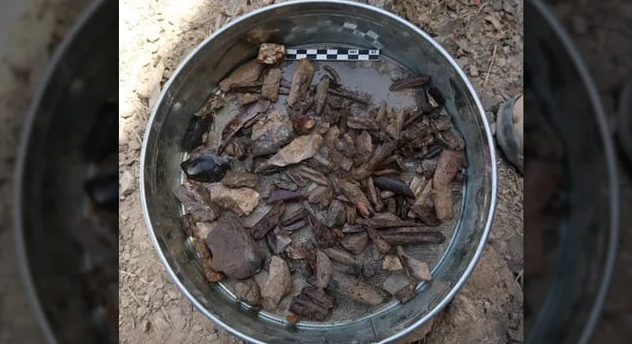 |
Archaeologists have excavated a number of stone tools from the quarry. Photo: Zaidner et al., 2024. |
According to senior lecturer Yossi, his research and that of his colleagues aims to discover what species of humans once lived in what is now Central Asia and what their contacts were.
To investigate, senior lecturer Yossi and colleagues searched for Stone Age sites along the Zeravshan River. As a result, they excavated two Stone Age sites with multiple layers, suggesting that different human species occupied the sites at different times.
In 2023, archaeologists excavated one of those sites, called Soii Havzak, located along a small tributary of the Zeravshan River. There, they found a series of stone tools such as flint, blades and stone flakes, animal bones... These artifacts showed that they were used about 150,000 to 20,000 years ago.
The team hopes that research at this archaeological site will reveal new information about human history in Central Asia. In particular, the interaction between three human species: Neanderthals, Denisovans and Homo sapiens there will be decoded in detail.
Source: https://khoahocdoisong.vn/kho-bau-3-loai-nguoi-trong-ham-da-bi-an-post254293.html




![[Photo] National Assembly Chairman Tran Thanh Man attends the VinFuture 2025 Award Ceremony](/_next/image?url=https%3A%2F%2Fvphoto.vietnam.vn%2Fthumb%2F1200x675%2Fvietnam%2Fresource%2FIMAGE%2F2025%2F12%2F05%2F1764951162416_2628509768338816493-6995-jpg.webp&w=3840&q=75)


![[Photo] 60th Anniversary of the Founding of the Vietnam Association of Photographic Artists](/_next/image?url=https%3A%2F%2Fvphoto.vietnam.vn%2Fthumb%2F1200x675%2Fvietnam%2Fresource%2FIMAGE%2F2025%2F12%2F05%2F1764935864512_a1-bnd-0841-9740-jpg.webp&w=3840&q=75)
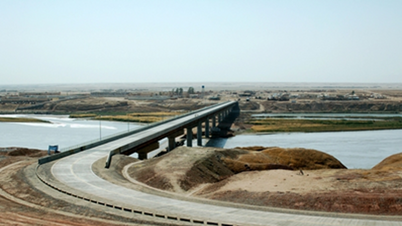

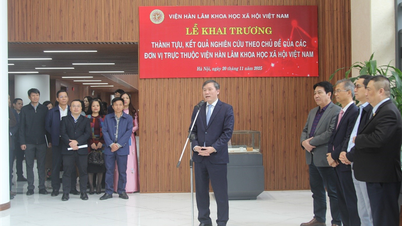





![[Photo] Deep sea sand deposits, ancient wooden ship An Bang faces the risk of being buried again](https://vphoto.vietnam.vn/thumb/402x226/vietnam/resource/IMAGE/2025/11/13/1763033175715_ndo_br_thuyen-1-jpg.webp)

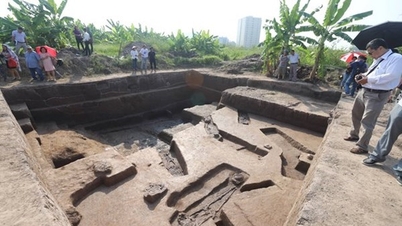


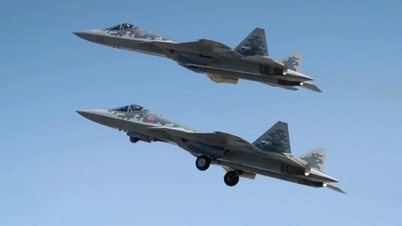
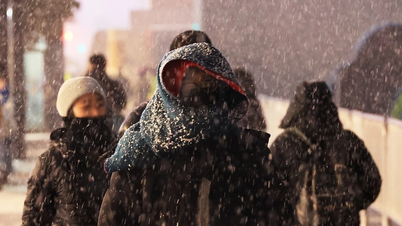







![[INFOGRAPHIC] RedMagic 11 Pro, Gaming monster with real water cooling](https://vphoto.vietnam.vn/thumb/402x226/vietnam/resource/IMAGE/2025/12/06/1764992569071_thumb-dien-thoai-redmagic-11-pro-jpg.webp)






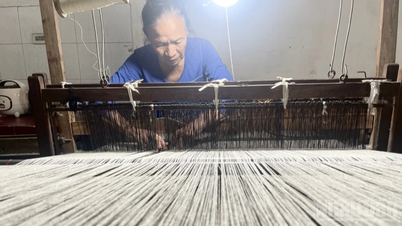
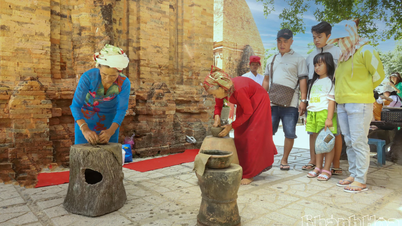

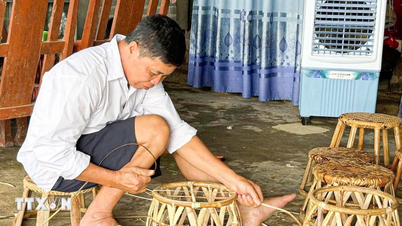

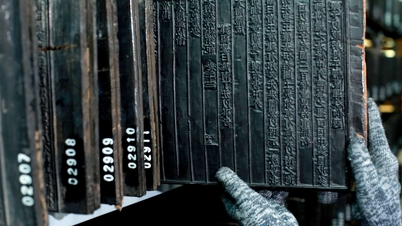








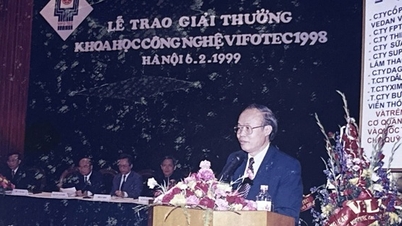

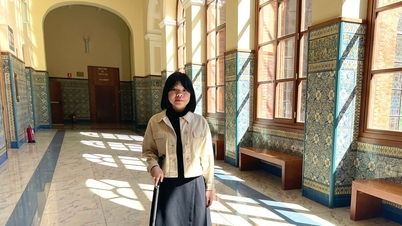



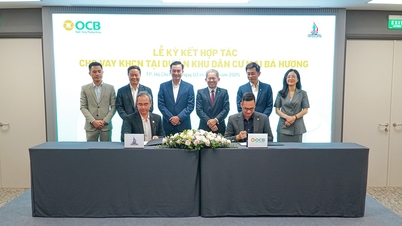

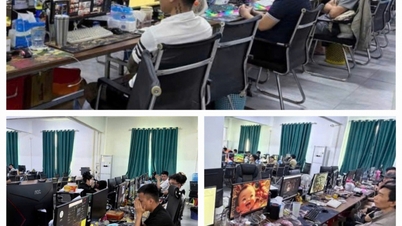


















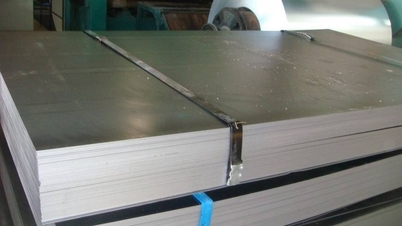


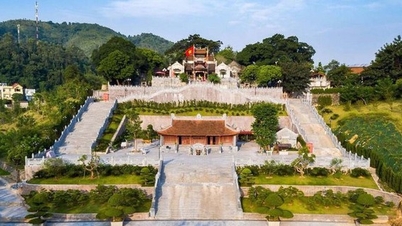







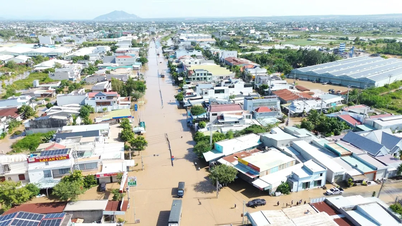


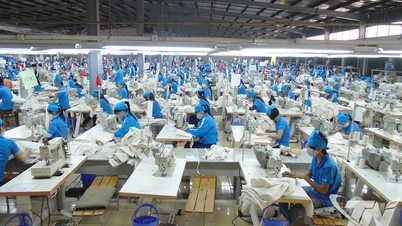

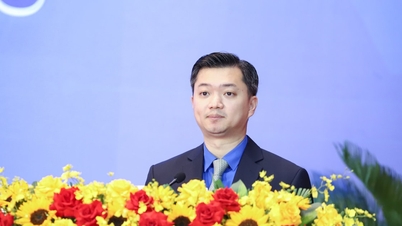


















Comment (0)